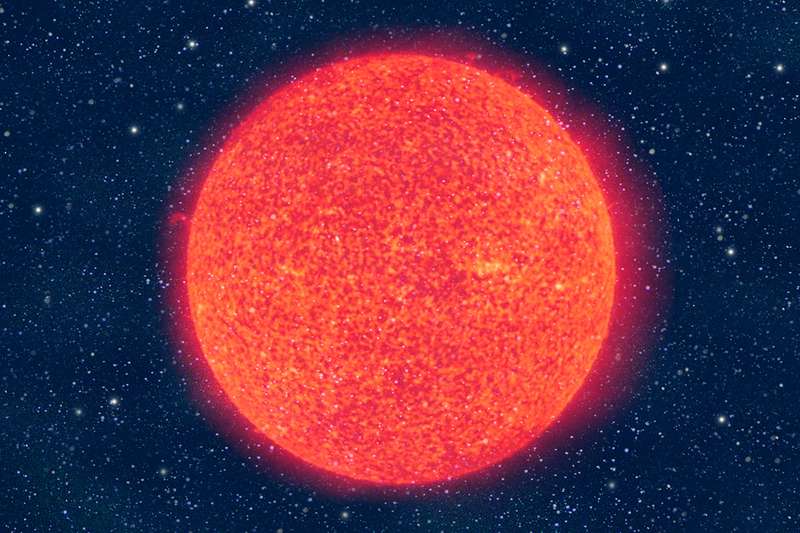

Originally created by Johann Bayer in 1603, the Bayer system of star naming often attributes the “alpha” designation to the brightest star in a constellation for instance, Alpha Orionis for Betelgeuse in Orion and Alpha Ursae Minoris for Polaris in the Little Dipper. Pollux is the brightest star in Gemini, but you wouldn’t know if it from its Bayer designation. Note the Twins' sideways appearance relative to Orion. Pollux appears to the upper-left of an old barn in this winter-time photo. Rey’s classic constellation drawings will remember that the stars Pollux and Castor represent the heads of each stick-figure twin. Gemini is on the ecliptic, so the Moon (as well as the occasional planet) travels through or near the constellation frequently. In India and North America, on the other hand, the two figures of Gemini symbolized a newly married couple rather than twins, while in China, the two stars represented “yin” and “yang.” How to See Polluxįor easy evening viewing, Pollux is best observed during the winter months, when it sits high in the southern sky above Orion. But the idea that the constellation - and the stars Pollux and Castor in particular - depict twins isn’t an exclusively Greek concept the idea was present in Babylonia as well. Naturally, the most famous bit of mythology surrounding Pollux is the Greco-Roman story of the twin brothers Pollux and Castor, who sailed with Jason on the voyage for the Golden Fleece. While the star is currently twice the Sun’s mass, it’s expected to puff off enough of its outer layers to enable its core to collapse into a white dwarf. A gas giant with at least twice Jupiter’s mass, it orbits Pollux at a distance of 1.65 astronomical units - a little farther from its star than Mars is from the Sun. Originally known as “Pollux b,” this exoplanet is now called Thestias. Exoplanets orbiting bright, familiar stars aren’t as common, so the one near Pollux is a delightful exception. But many of them belong to dim or faraway stars. All of this makes it an interesting object, but another fact that sets Pollux apart is its exoplanet, discovered by its gravitational pull on its host star.Įxoplanets are no longer the rare objects they were decades ago there are now thousands of known (and suspected) exoplanets. At magnitude 1.16, Pollux is among the 20 brightest stars in either hemisphere. Like other red giants, this process causes Pollux to become cooler than our Sun - hence its orange color - and much larger: 10 times the diameter of the Sun.

Pollux is a red giant star that has exhausted its supply of hydrogen, and is now fusing helium into carbon and other elements. (The star cluster left of Pollux and above Procyon is M44, the Beehive in Cancer.)


 0 kommentar(er)
0 kommentar(er)
